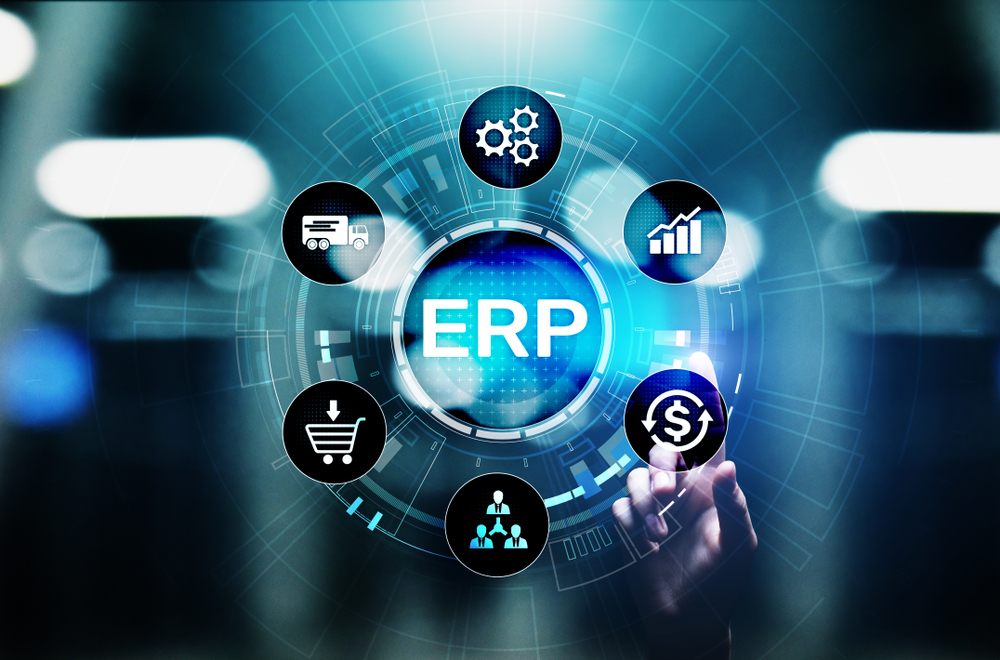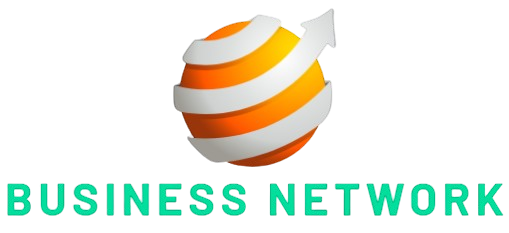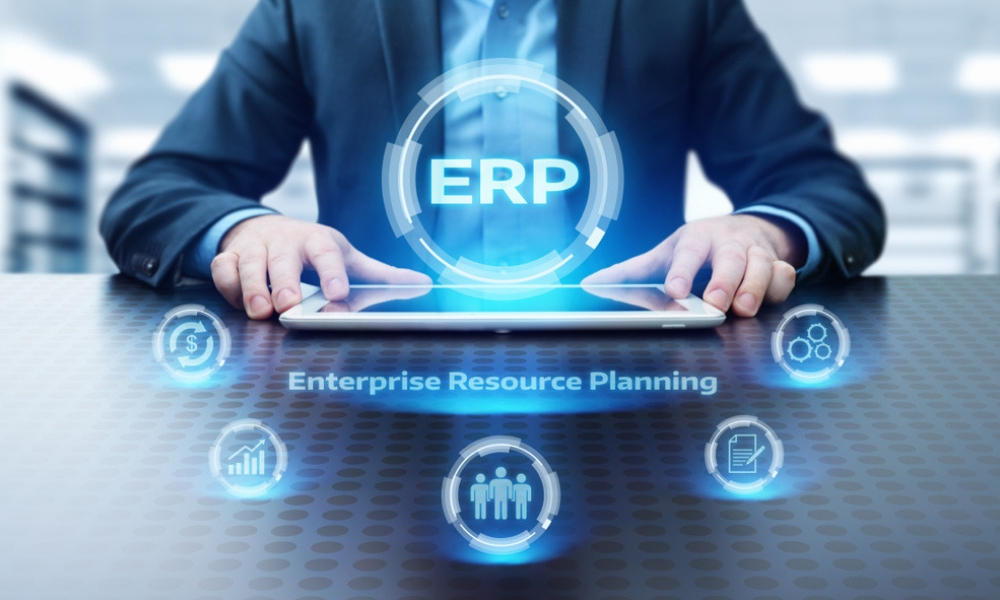Implementing ERP is a complex task, and the costs vary depending on the number of modules, services provided and the requirements of the organization. The cost of implementing ERP depends on a number of factors, both constant and variable, such as the cost of hardware, the amount of software or modules, the cost of a license, implementation time, internal staff training, consulting costs, the cost of additional tools and applications, integration, testing, software setup and future maintenance costs. Among them, the cost of equipment and licenses is fixed or fixed, while other costs, such as training, consulting, integration, and configuration, vary depending on business requirements. Again, different ERP providers offer different ERP software packages, the cost of which varies depending on the features and tools of the ERP.
The cost of implementing ERP can be divided into two categories:
Direct costs: this includes the costs of basic equipment, various operating systems, software and database licenses, number of packages, additional applications, third-party licenses and ERP integration. Total Cost of Ownership (TCO) changes again depending on the number of users. A two-tier ERP architecture can cost between $ 3,000 and $ 10,000, but the total cost of ownership can reach $ 60,000, depending on the number of users.
Again, the cost of equipment depends on the number of workstations, network services, service providers and is not much different. The total cost again depends on the technology adopted and the users.

The cost of implementation varies greatly depending on the complexity of the business process. ERP-level architecture involves lower costs and prior knowledge of the equipment before https://www.dynasys.com.hk/services/ implementation significantly reduces the cost.
Indirect costs: indirect costs are variable, and it is often difficult to quantify. The costs associated with transportation, consultations, training of internal staff, time spent on implementation and communication, remain mainly above the estimated cost. In some cases, they can be more than 20% of the estimated cost.
Setting up ERP modules https://www.dynasys.com.hk/sap-s4hana/ is often required, and the costs involved are very expensive. Often the original ERP module is damaged during the configuration process, and the organization must incur high costs. First of all, different ERP providers offer different prices for different types of settings, and before choosing the appropriate user module, you need to have deep knowledge.
Training staff in the effective and intelligent management of ERP systems is another ongoing challenge. Personnel need training for installing ERP and data migration. The necessary consultations for this process add value. Since employees at the initial stage of ERP implementation cannot demonstrate the required efficiency, the total cost of ownership ultimately increases. To minimize training costs, a clearly defined team is provided to limit the number of users.





